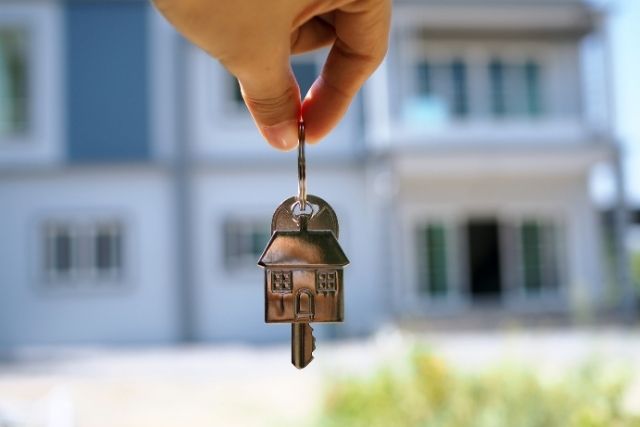When it comes to buying a house, there are many things to consider, including the condition of the exterior wood. The exterior wood of a home can be a significant indicator of the home’s overall condition, and it is important to inspect it carefully before making a purchase. In this article, we will discuss the importance of checking exterior wood when buying a house and provide a guide for homebuyers to follow.
Why is it Important to Check Exterior Wood When Buying a House?
The exterior wood of a home can provide valuable information about the home’s overall condition. Wood rot, insect infestations, and other issues can all affect the structural integrity of the home and lead to costly repairs. By inspecting the exterior wood, homebuyers can identify any potential issues and factor them into their decision-making process.
In addition to identifying potential issues, checking the exterior wood can also give homebuyers an idea of the home’s maintenance history. Well-maintained exterior wood can be a sign that the previous owners took good care of the home, while neglected exterior wood can indicate that the home may have other maintenance issues.
Guide for Homebuyers: Checking Exterior Wood
Here is a step-by-step guide for homebuyers to follow when inspecting the exterior wood of a home:
Look for Signs of Damage
The first step in inspecting the exterior wood is to look for signs of damage. This can include cracks, splits, and discoloration. Check for any areas where the paint or stain has peeled away or where the wood has been chipped or scratched. These can all be signs of damage that may require repair.
Check for Wood Rot
Wood rot is a common issue that can affect the exterior wood of a home. To check for wood rot, use a screwdriver or other tool to probe the wood in areas where damage has been identified. If the wood feels soft or crumbles easily, this may be a sign of wood rot. Pay particular attention to areas where the wood meets the ground or where water may accumulate, such as around windows or doors.
Look for Insect Damage
Insects can also cause damage to the exterior wood of a home. Look for holes or tunnels in the wood, which can be a sign of insect infestation. You may also see small piles of sawdust or other debris around the base of the home, which can indicate the presence of insects.
Check the Paint or Stain
The paint or stain on the exterior wood can provide valuable information about the home’s maintenance history. Look for areas where the paint or stain has peeled away or where the color has faded. These can be signs that the exterior wood has not been well-maintained.
Assess the Overall Condition
Once you have inspected the exterior wood for damage, rot, and insect infestation, assess the overall condition of the wood. Is it in good shape, or does it require significant repairs or replacement? This can help you determine the potential cost of maintaining the home’s exterior.
Consider the Home’s Age and Location
The age and location of the home can also be factors to consider when inspecting the exterior wood. Homes in wet or humid climates may be more prone to wood rot and insect infestation, while older homes may require more maintenance and repairs.
Consult with a Professional
If you have any concerns about the exterior wood of the home, it is always a good idea to consult with a professional. A home inspector or contractor can provide a more in-depth assessment of the condition of the exterior wood and help you determine the potential cost of repairs or replacement.
